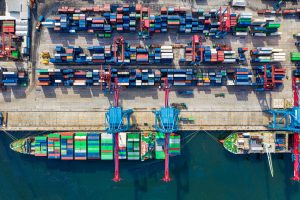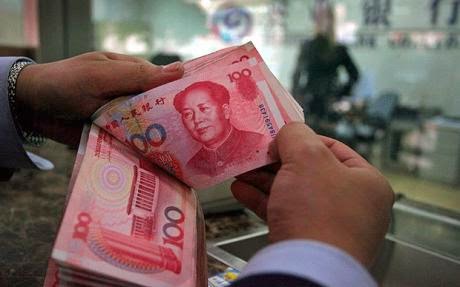Supply chains carry the bruises of the last few years. Demand whiplash, logistics chaos, supplier churn. Costs climbed while service staggered. The framework here—Zero Based Redesign within a Cost Productivity system—rebuilds the operating spine so cost, service, and speed can play nice. The move is simple to say and hard to fake. Decide what work deserves to exist. Design how it should run. Scale it in waves. Keep score in daylight.
Modern trend to wrestle now: Resilience with a cost spine
Resili







